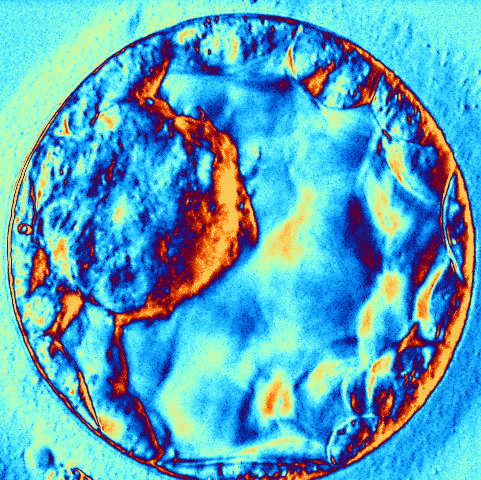Embryo editing expanding
 Experts are working through concerns over gene editing in early human embryos.
Experts are working through concerns over gene editing in early human embryos.
UK scientists have made a significant discovery regarding the repair capabilities of early human embryo cells, shedding light on the potential risks associated with gene editing techniques.
A new study, presented at the European Society of Human Reproduction and Embryology (ESHRE) Conference in Copenhagen, highlights the challenges and dangers of using the gene-editing tool CRISPR-Cas9 in embryos.
The research team, led by Dr Nada Kubikova from the University of Oxford, found that the DNA strand in embryo cells can be permanently broken when CRISPR-Cas9 is used, potentially leading to additional genetic abnormalities.
The study raises concerns about the safety and effectiveness of gene editing in embryos, which is currently prohibited in most countries due to the uncertainties surrounding its implications.
Dr Kubikova emphasised the need for caution, saying; “Our new findings provide a warning that commonly-used gene editing technologies may have unwanted and potentially dangerous consequences if they are applied to human embryos”.
The study revealed that CRISPR-Cas9 is highly efficient in targeting the DNA sites in embryos but often fails to correct defective genes, instead introducing mutations.
Although gene editing has shown promise in treating diseases caused by gene mutations in children and adults, using it in embryos before implantation could potentially prevent the inheritance of debilitating disorders.
However, the study highlights the significant hurdles that need to be overcome to ensure the safety and efficacy of such procedures.
Despite the discouraging results, the researchers remain hopeful, suggesting that improvements can be made to gene editing techniques to reduce risks and increase the success rate.
Dr Kubikova and her team now plan to explore alternative methods that are gentler and less likely to cause DNA strand breaks, which could offer a more viable approach for embryo gene editing.
The findings also have implications for in vitro fertilisation (IVF) treatments.
The study suggests that the inability of embryos to efficiently repair DNA damage could explain why some IVF embryos fail to develop.
Understanding these repair mechanisms could lead to improved fertility treatments.
The chair-elect of ESHRE, Professor Karen Sermon, who was not involved in the study, commended the research and stressed the importance of thoroughly researching and understanding gene editing before attempting it on human embryos.
“It will be some time before we can be confident that we really understand how to use it successfully without any unwanted and unexpected surprises. It will require stringent regulation,” she said.
In a related development, a group of US researchers has published a study in Nature describing the creation of 3D models of embryos from stem cells.
These models mimic the development of human embryos after implantation, providing insights into human development and potential avenues for studying developmental disorders.
While these advancements offer opportunities to explore early human development and address infertility issues, it is essential to distinguish these models from actual embryos.
The international scientific consensus categorises them strictly as “models” and not as embryos or synthetic embryos.
These studies mark an exciting period in developmental biology and fertility research, providing valuable insights and potential solutions.
However, further research and stringent regulation are necessary to ensure the safe and responsible use of these technologies.
Additional research on the new technology has been posted online as preprints here and here.








 Print
Print